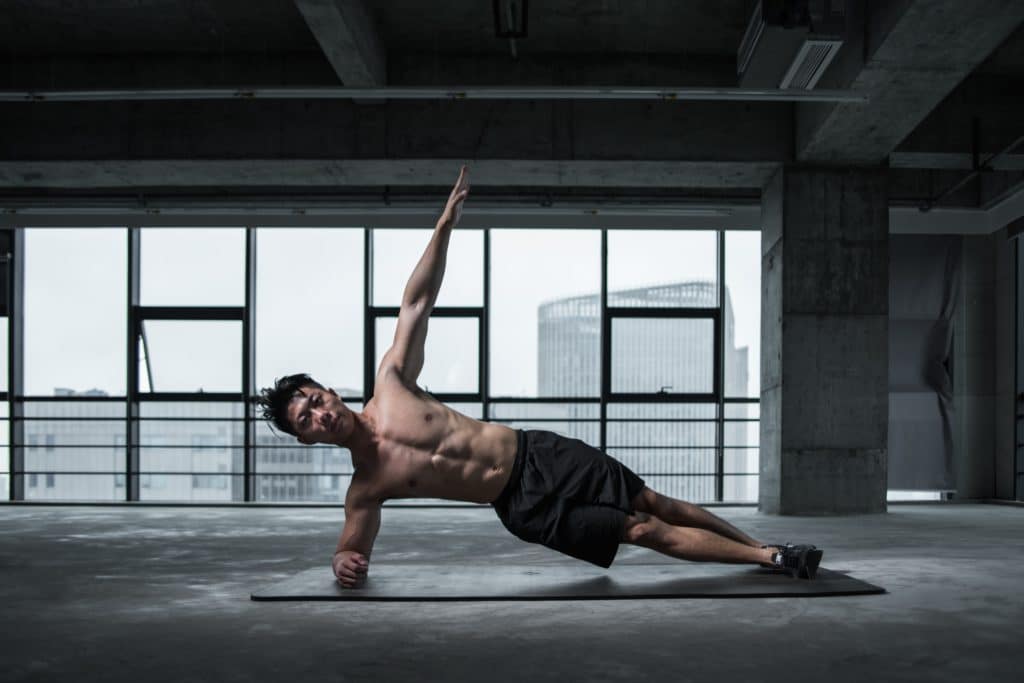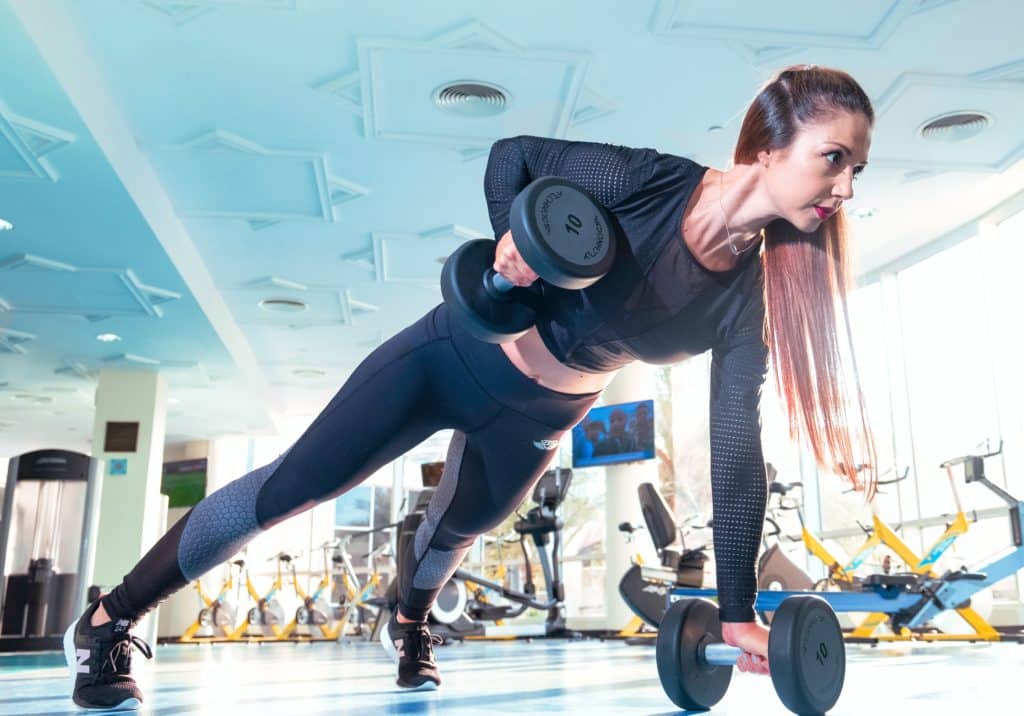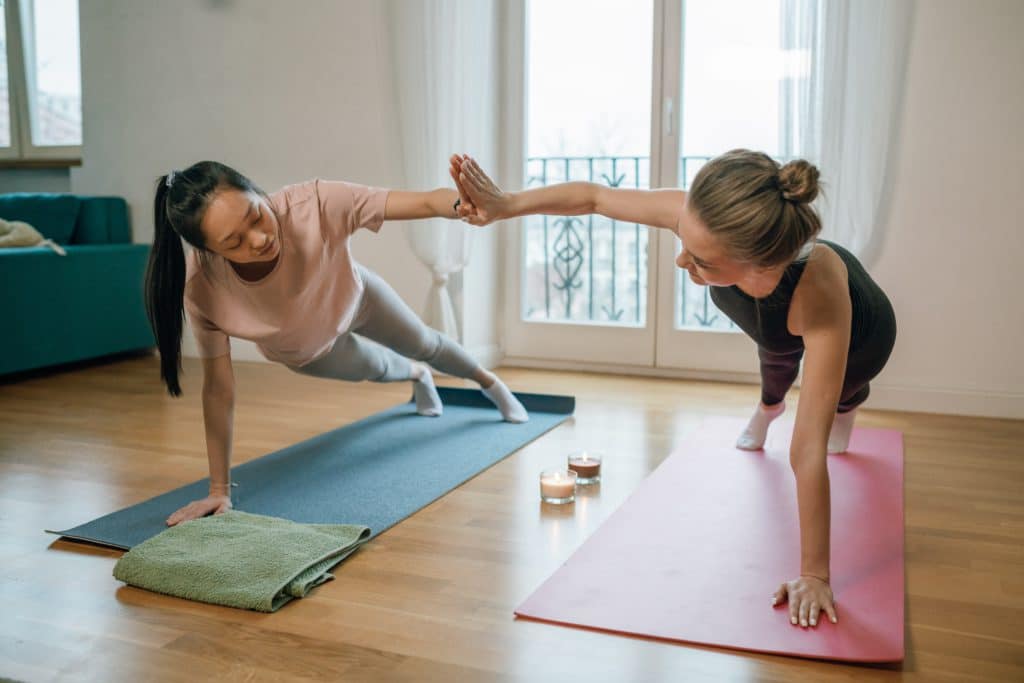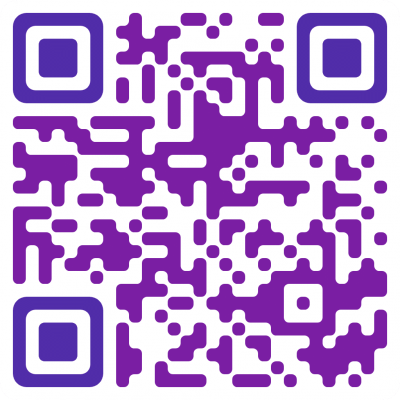
INTRO
What is a plank?

The plank is similar to a push up, but instead of lifting and lowering your body, you hold a static position, with your body supported by your hands or forearms and toes. Planks are a great way to strengthen your core muscles, including your abs, back, and hips.
They can also improve your posture and balance. There are many variations of the plank exercise that you can try, including side planks, plank jacks, and reverse planks.
Starting a plank challenge is a great way to keep yourself on track to reach your goals. You can even invite some friends for added accountability and motivation!
Benefits of Planks
Planks are a convenient exercise because they can be done just about anywhere and don’t require any equipment. They also offer a variety of health benefits, including:
Strengthening the core
Planks are an effective way to strengthen the muscles in your core, including your abs, back, and hips. Strong core muscles can improve your posture, balance, and stability.
Reducing back pain
Planks can help improve the strength and stability of your back muscles, which can help reduce back pain.
Improved flexibility
Plank exercises can help improve flexibility in your muscles, particularly in your shoulders, chest, and back.
Improving heart health
Plank exercises are a form of cardiovascular exercise, which means they can help improve your heart health by increasing your heart rate and improving your circulation.
Boosting weight loss
Planks can help increase your metabolism and burn calories, which can help with weight loss.
Enhance sports performance
Planks can help improve muscle strength and stability, which can help enhance your performance in sports and other physical activities.

How to do a plank

When performing a plank exercise, there are a few key elements that are important to consider in order to get the most benefit from the exercise and to avoid injury.
Form. It’s important to maintain proper form when performing a plank. Your body should form a straight line from your head to your heels, with your weight supported by your hands or forearms and toes. Avoid letting your hips sag or lift too high.
Breathing. It’s important to maintain a consistent breathing pattern while holding a plank. Inhale through your nose and exhale through your mouth.
Engaging your core. Make sure to engage your core muscles while holding a plank, by pulling your belly button in towards your spine. This will help to strengthen your core and improve your stability.
Aligning your joints. Keep your joints aligned properly while performing a plank. Your wrists should be directly under your shoulders, and your feet should be hip-width apart.
Progressive overload. As you get stronger, you can increase the difficulty of your plank exercises by holding the position for longer periods of time or by adding variations to the exercise, such as lifting one leg or one arm off the ground.
It’s also important to listen to your body and stop the exercise if you feel any pain or discomfort. If you’re new to plank exercises, it’s a good idea to start with shorter periods of time and gradually build up as you get stronger.
Plank Variations
There are many different ways to vary your plank exercises to challenge your muscles and keep your workouts interesting.
Add weights
You can add weights to your plank exercise by placing a weight on your back or holding a dumbbell or weight plate in your hands. Add extra challenge and lift the weight off the ground while holding the plank. This will increase the resistance and challenge your muscles even more!

Increase duration
As you get stronger, you can increase the length of time that you hold the plank position. This will challenge your muscles and improve your endurance.
Plank with leg or arm lift
In this variation, you start in a standard plank position and then lift one leg or arm off the ground, holding it in the air for a few seconds before lowering it back down and repeating with the other leg or arm.
Modified plank
This is a variation of the plank intended for beginners, where your knees are resting on the floor beneath you, hip distance apart, instead of your feet.
Add movement
You can add movement to your plank exercise by lifting and lowering your opposite arm and leg, or by walking your hands or feet towards each other.
Side plank
In side planks, the body is supported by one hand or forearm and the side of one foot, with the body held in a straight line, perpendicular to the floor.
Plank jacks
In this variation, you start in a standard plank position and then jump your feet in and out, similar to a jumping jack.
Reverse plank
Reverse planks, also known as tabletop pose, are a bodyweight exercise that targets the posterior chain and core muscles, where the body is in a seated position with the hands behind the hips, pressing up to create a straight line from the shoulders to the ankles.
How to Start a Plank Challenge
1
Start with a goal in mind
Decide on a goal for how long you want to be able to hold a plank. This will give you something to work towards.
2
Set a regular time to do planks
Choose a time of day that works best for you, and try to do your planks at the same time each day. This will help you develop a routine.
3
Start small
If you’re just starting out, it’s best to start with shorter plank holds and gradually increase the duration as you get stronger.
4
Use a timer
Use a timer or an app to help you keep track of how long you’re holding the plank. This can help you stay motivated and stay on track.
5
Mix it up
Try incorporating different variations of the plank, such as side planks or planks with alternate arm and leg lifts, to keep things interesting and challenge your muscles in different ways.
6
Don't get discouraged
It’s natural to have ups and downs when you’re trying to build a new habit. If you miss a day or don’t reach your goal, don’t get discouraged. Just get back on track the next day.
Plank Challenge Setbacks

Planks, like any exercise, require consistent practice to see improvements. Keep at it and you will eventually see progress. Here are a few tips for overcoming common setbacks to holding a plank regularly:
Start with the basics. If you’re having trouble with planking, it may be helpful to start with the basics. Begin with modified plank variations, such as kneeling planks or wall planks. This will allow you to build strength gradually and work your way up to a full plank.
Proper form. Make sure you are using proper form when performing planks. Keep your shoulders, hips, and heels aligned in a straight line, engage your core, and avoid arching your back or letting your hips sag.
Increase duration gradually. If you’re struggling to hold a plank for a certain amount of time, don’t get discouraged. Instead, try increasing your time gradually. For example, start with 10 seconds and work your way up to 20, 30, or 60 seconds.

Workout with friends. Invite friends or coworkers to join your plank challenge and keep each other motivated and accountable. Planking together can be a fun way to stay on track!
Build core strength. Planks require a strong core, so it’s important to incorporate exercises that target your core muscles, such as crunches, leg raises, and Russian twists, into your workout routine.
Mix it up. Planking can get monotonous, so mix up your routine with different variations, such as side planks, reverse planks, and plank jacks. This will challenge your muscles in different ways and keep you motivated.
Plank FAQ’s
If you have wrist or back pain, it’s important to be cautious when doing planks. Here are some tips to help you modify your planking routine if you experience pain:
Wrist pain. If you have wrist pain, try modifying your plank by doing forearm planks instead of the traditional plank. This involves placing your forearms on the ground instead of your hands. You can also try using dumbbells or push-up bars to help alleviate pressure on your wrists.
Back pain.: If you have back pain, avoid planking on a hard surface, such as a wood or tile floor. Instead, try planking on a mat or carpet to provide more cushioning. You can also try modifying your plank by doing a side plank or a knee plank, which put less stress on your lower back.
Listen to your body. If you experience pain or discomfort during a plank, stop the exercise immediately. Don’t push through the pain, as this can make your injury worse.
Consult with a healthcare professional. If you have chronic or severe pain, it’s a good idea to consult with a healthcare professional before starting a planking routine. They can help you determine if planks are safe for you and provide recommendations on how to modify the exercise to meet your needs.
Remember, the goal of planking is to strengthen your core muscles, but you should never sacrifice proper form or risk injury to achieve this. If you experience pain or discomfort during a plank, modify the exercise or stop it altogether and consult with a healthcare professional.
Although planks are a whole-body exercise, they primarily work the muscles of the core, which includes the following muscles:
Rectus Abdominis. The rectus abdominis is the “six-pack” muscle that runs down the front of your abdomen.
Transverse Abdominis. The transverse abdominis is a deep muscle that wraps around your spine and helps to stabilize your core.
Internal and External Obliques. The internal and external obliques are located on the sides of your waist and help to rotate your trunk. Side planks specifically target the obliques.
Erector Spinae. The erector spinae muscles run along your spine and help to support your back.
Absolutely! Planks work more than just your core muscles. While the primary muscles targeted by planks are the abdominal muscles, they also engage several other muscle groups throughout the body, including:
Back muscles. Planks engage the erector spinae muscles, which run along the spine and help to support the back.
Shoulder muscles. Planks engage the muscles of the shoulder girdle, including the trapezius, rhomboids, and serratus anterior.
Leg muscles. Planks engage the muscles of the legs, including the quadriceps, hamstrings, and calf muscles.
Gluteal muscles. Planks engage the gluteal muscles, including the gluteus maximus and gluteus medius, which are important for hip stability and overall lower body strength.
Chest muscles. Planks engage the chest muscles, including the pectoralis major and minor, as well as the serratus anterior.
By engaging multiple muscle groups, planks provide a full-body workout that can improve strength, stability, and overall fitness. While the primary focus of planks is on strengthening the core, the exercise can also help to tone and strengthen other muscles throughout the body.
The answer to this depends on your fitness goals and personal preferences. Here are some things to consider:
Fitness goals. If your primary goal is to improve your cardiovascular fitness, it may make sense to do cardio first and then planks afterward. On the other hand, if your primary goal is to strengthen your core muscles, it may make more sense to do planks first.
Energy levels. Consider your energy levels when deciding whether to do planks before or after cardio. If you feel more energized at the beginning of your workout, it may be beneficial to do planks first. If you tend to feel more energized after cardio, it may make more sense to do planks afterward.
Injury prevention. Consider any previous injuries or limitations you may have when deciding whether to do planks before or after cardio. If you have a history of knee or ankle injuries, for example, it may be beneficial to do planks first and then cardio afterward.
Ultimately, the order in which you do planks and cardio is a matter of personal preference. It’s important to find a workout routine that works best for you and allows you to achieve your fitness goals while also minimizing the risk of injury.
Level-Up Your Planks
There are a ton of resources and products that can help you stick to your plank challenge and make a habit out of it.
Apps. There are many apps, like MasterHealth, available that can help you track your progress, set reminders, or provide instructional videos and plank workouts.
Wearables. Fitness trackers and smartwatches can often track your plank workouts and give you credit for the exercise you’re doing.
Workout equipment. There are a variety of products available, such as balance boards and exercise mats, that can make planking more comfortable and more effective.
Social media. Following accounts or joining groups on social media that focus on fitness and planking can provide motivation, encouragement, and ideas for new plank variations to try.










